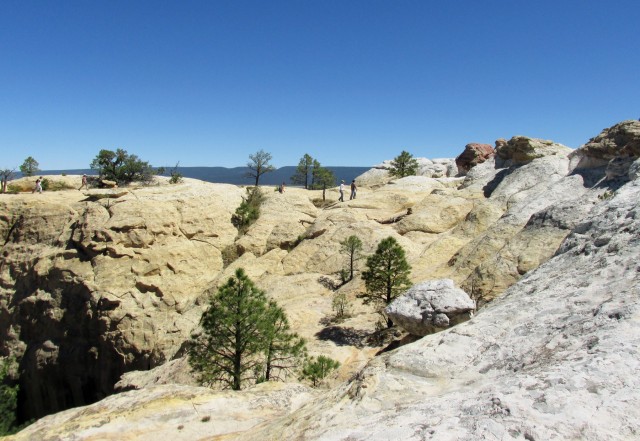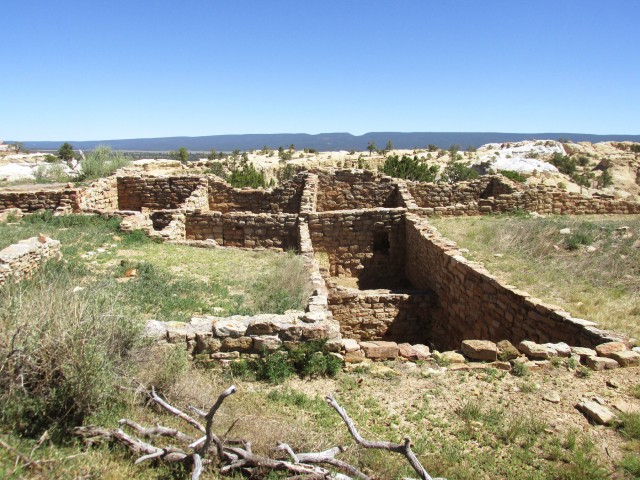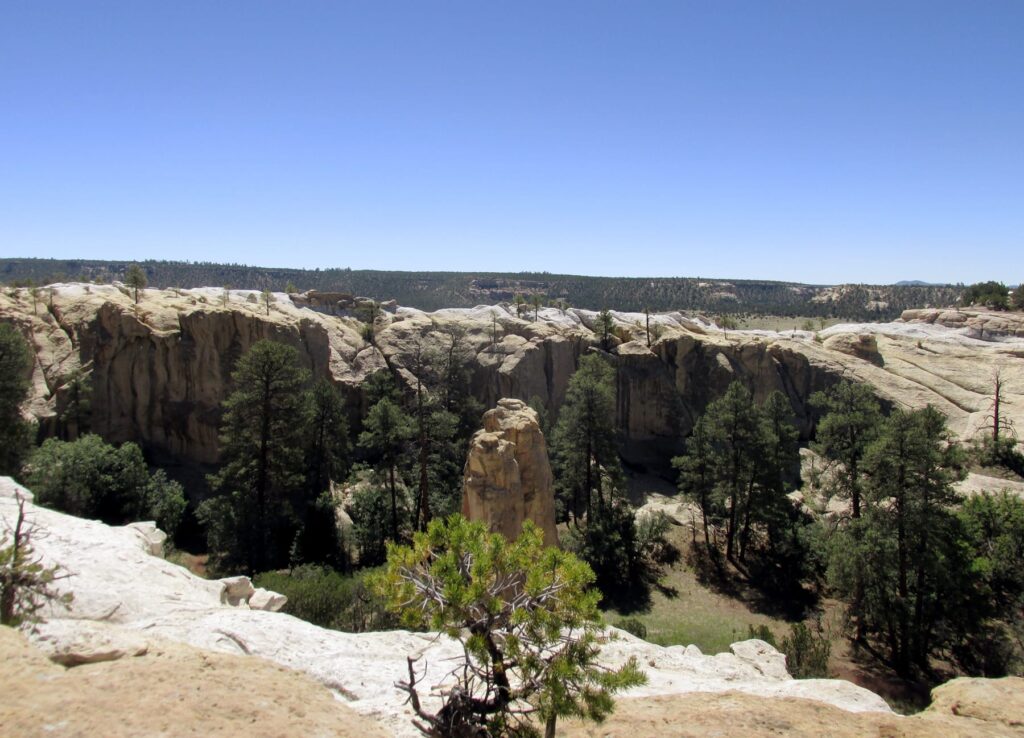- Home
- >
- Preservation Archaeology Blog
- >
- The Nature of Archaeology
Lara Fields, Bryn Mawr College
(July 7, 2016)—Since flying into Tucson, the Southwestern landscape has kept me in awe. From the dark orange expanse of the Sonoran desert to the tumbling grasslands of the Gila valley, I continue to be enthralled by a seemingly endless expanse of wilderness. Looking more closely, however, I begin to realize the great extent to which long-term human occupation has affected the physical landscape of the region. From ancient check dams to the sloping adobe walls melting back into the earth, the natural and cultural landscape are intrinsically linked through human activity.
Where then can we draw the line between the natural and cultural landscape in an area so consistently shaped by human behavior? I believe such a line is arbitrary. Because the natural world shapes human conceptions of place and people shape the natural landscape in turn, “nature” and “culture” are on a continuum of the physical world that humans inhabit and signify with value.

As an archaeologist, though, I am compelled to work with obvious remains of human material culture to make arguments about the past, which can leave more ephemeral conceptions about the natural landscape difficult to discern by my contemporary observations. Sites like El Morro National Monument, in particular, clearly show how the significance of place crosses ephemeral and material boundaries. El Morro is a cuesta, or sloping mesa, known for its natural water reservoir and vast number of petroglyphs ranging from Navajo rock carvings to Spanish and Anglo inscriptions.
At the top of the cuesta stand the remains of a pueblo settlement once eight stories high and 300 rooms in size. The sheer scale of the structure and the effort involved in constructing it allows one to infer that the settlement had a significant purpose, but leaves the question of “why” hanging in the air. Why build on top of such a high natural feature? What qualities of the landscape made building on top of the cuesta attractive enough to dispense the effort?

Working with Native descendant communities such as Zuni has opened doors for archaeological research into these questions. Arguably the most important aspect of the site is a pristine box canyon at the heart of El Morro, an active spiritual space for the Zuni in performing certain religious ceremonies pertaining to rainfall. Although the significance of the site was probably dynamic over time, modern ethnographic research has demonstrated that the natural and cultural significance of landscape are closely intertwined—if not one and the same.
Of course, we can never know for certain the subtleties of how people structured place in the past, but what is clear, in the case of El Morro and beyond, is that the natural qualities of landscape play significant roles in all aspects of cultural formation from material expression to invisible constructions of identity. Personally, through my reflections and archaeological work, I have realized that my own sense of self is inherently tied to my environment in practical and symbolic ways, giving me a better appreciation for the world and my place in it.

Explore the News
Related to This
-
Location El Morro National Monument